A Look Back at Maritime Delimitation between Vietnam and Indonesia
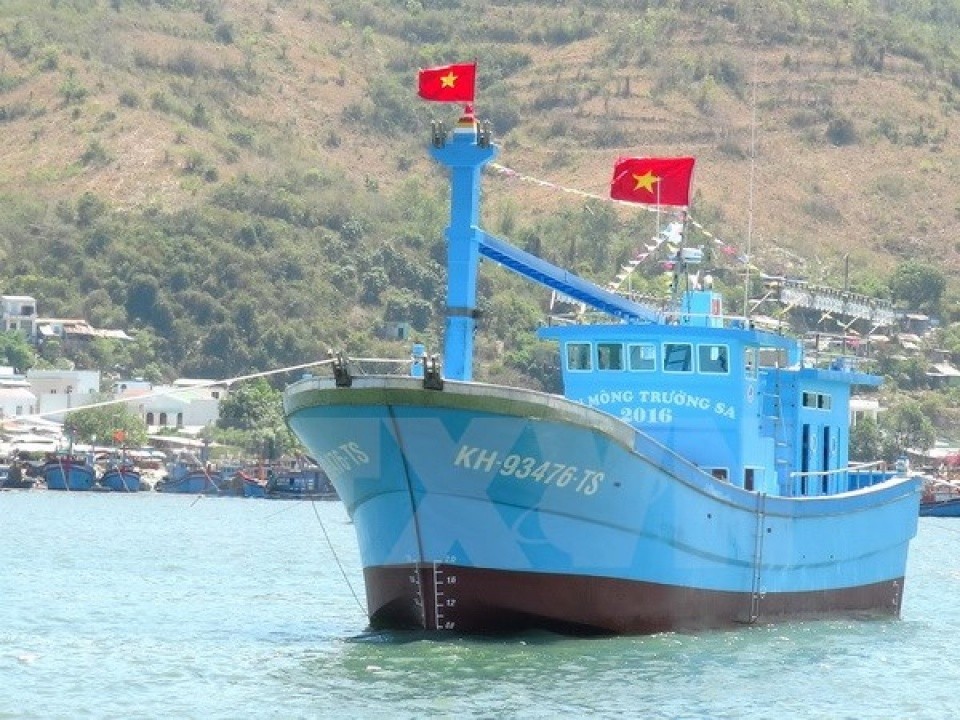 |
| Different interpretations have created an overlapping area, which requires Vietnam and Indonesia to continue negotiating the delimitation of the exclusive economic zone under the principles of UNCLOS 1982 (Photo: VNA). |
Interpretations on the median line
In 1972, the Saigon government conducted negotiations with Indonesia on the delimitation of the continental shelf. Indonesia claimed the median line between North Natuna Island (Indonesia) and Con Dao Island (Vietnam), known as the island-island median line.
The Saigon government proposed the median line between the coastline of mainland Vietnam and the coast of the large island of Borneo (Indonesia), contending that North Natuna was too small and three times as far from Borneo as Con Dao, known as the coast-coast median line.
These two claimed lines formed an overlapping area of about 40,000 square kilometers. During the negotiation process, the Saigon government narrowed the overlapping area to about 37,600 square kilometers and actively proposed to divide the overlapping area in half. The Indonesian side did not accept this proposal and the negotiations came to an end with the liberation of South Vietnam.
In 1978, Vietnam and Indonesia resumed negotiations on continental shelf delimitation. Vietnam relied on the principle of agreement, equity, and mutual respect, in line with the development of the international law of the sea.
The solution proposed by Vietnam was based on the continental shelf being the natural prolongation of the land territory to the sea. As a result, the boundary was the oceanic trench separating the two countries' continental shelf and located in close proximity to Indonesia’s North Natuna group of islands.
This was one of the solutions put forward by the International Court of Justice in the North Sea Continental Shelf case and had been applied by a number of countries. This proposed line created an overlapping area with Indonesia's claimed line of about 98,000 square kilometers.
The 1982 Convention on the Law of the Sea (UNCLOS 1982) recognizes the status of archipelagic states, creating favorable conditions for Indonesia and putting Vietnam at a disadvantage.
Drawing on the archipelagic state status, Indonesia applied the archipelagic baselines to maximize its maritime zones and continental shelf. Indonesia also officially implemented a national law, affirming the principle of archipelagic states and the principle of median line to delimit the continental shelf with other states concerned.
However, this pure median line method was not mandatory for Vietnam. This method could be applied just like any other method; what mattered was how to determine the base points on both sides, so that the median line, when drawn, would produce a relatively objective outcome that could be easily applied to achieve a fair and equitable result.
Indonesia's drawing of the archipelagic baselines that extended to very small islands (North Natuna) located up to 178 nautical miles from the large island of Kalimantan for the purpose of drawing a median line with Vietnam’s islands located less than 48 nautical miles from the coastline created special circumstances that led to an inequitable outcome.
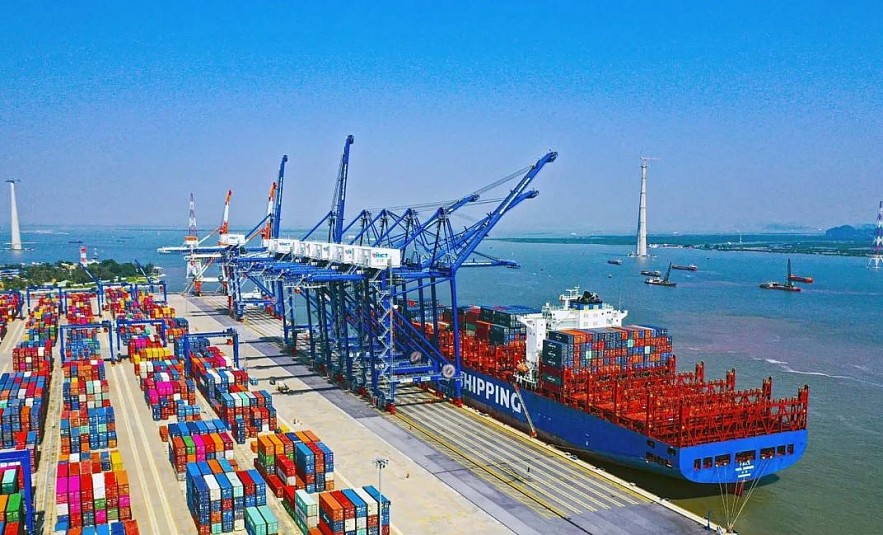 |
| Photo: Communist Party of Vietnam Online Newspaper |
Principle of agreement
The next rounds of negotiations were conducted on the principle of agreement, gradually narrowing the remaining area in order to reach an equitable solution agreeable to both parties.
In October 1991, on the visit of the late Prime Minister Vo Van Kiet to Indonesia, the two sides agreed to divide the remaining area in half. Nevertheless, this agreement was not honored due to unstable situations in Indonesia.
During the negotiations, Vietnam and Indonesia clearly demonstrated the creative application of the principle of agreement and equity stated in the Third United Nations Conference on the Law of the Sea while UNCLOS 1982 had not yet come into force.
This is also the underlying principle of UNCLOS 1982. In addition, the legal basis of the negotiations was established on the principle of voluntary observance of international commitments.
In the final rounds of negotiations, Vietnam also actively proposed using a common delimitation line for both the continental shelf and the exclusive economic zone between the two countries.
However, the Indonesian side only wished to address the continental shelf issues because traditionally Indonesia had only negotiated the delimitation of the continental shelf with neighboring countries without delimiting the exclusive economic zone, a novel concept developed in the framework of the Third United Nations Conference on the Law of the Sea.
On 11 June 2003, the Vietnam-Indonesia Agreement Concerning the Delimitation of the Continental Shelf Boundary was concluded and took effect in June 2007 after the two countries exchanged ratification instruments.
This is the first agreement between Vietnam and a neighboring country that solely addresses continental shelf issues. The Agreement is also the only case where the adjusted median line method is not directly applied.
However, the result of the delimitation fully satisfies the requirements of the principle of agreement and equity as prescribed by UNCLOS 1982.
In the early years of the twenty-first century, each party developed its own interpretations of the exclusive economic zone. Vietnamese fishermen claimed that the boundary of the continental shelf was also the boundary of the exclusive economic zone in which Vietnam was granted fishing rights.
On the contrary, Indonesia's maritime law enforcement force argued that its exclusive economic zone boundary was the median line between Natuna island and Con Dao island, in accordance with UNCLOS 1982. The differences in interpretation have created overlapping area and fisheries conflicts, requiring the two countries to continue negotiation on the delimitation of the exclusive economic zone in conformity with the principles of UNCLOS 1982.
About Nguyen Hong Thao Associate Professor, Doctor, and Ambassador Nguyen Hong Thao is a veteran Vietnamese diplomat and legal expert. He used to participate in important negotiation delegations on border issues with China, Laos, and Cambodia and used to hold the position of Vice Chairman of the National Boundary Committee. He was appointed Ambassador of Vietnam to Kuwait and Malaysia. In 2016, he became a member of the United Nations International Law Commission (ILC) and was re-elected to the same position in 2022. Ambassador Nguyen Hong Thao is currently researching and teaching at the Diplomatic Academy of Vietnam. |
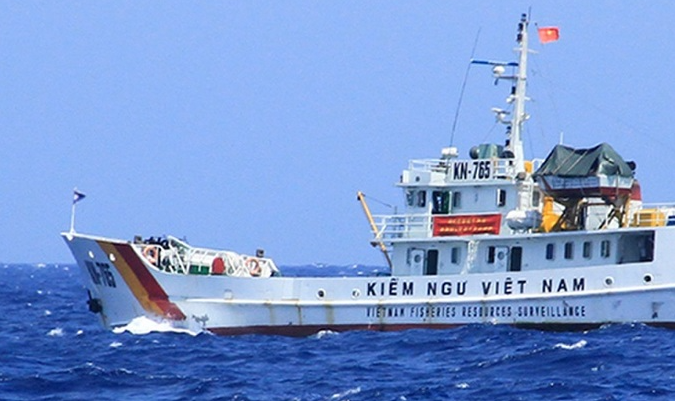 | Vietnam, China promote negotiation on delimitation of sea areas beyond Gulf of Tonkin The Ministry of Foreign Affairs has just informed about the Vietnam-China negotiations on the waters beyond the mouth of the Gulf of Tonkin and cooperation ... |
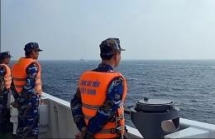 | Haiyang Dizhi 8 violates Vietnam’s exclusive economic zone and continental shelf Vietnam has demanded China to immediately end violations and withdraw all vessels from her waters, respect her sovereign right and jurisdiction, for the sake of ... |
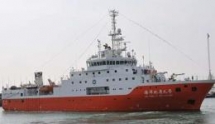 | China’s vessels halt geological survey in Vietnam’s exclusive economic zone China’s survey vessel group Haiyang Dizhi 8 had halted its geological survey activities in Vietnam’s UNCLOS-defined exclusive economic zone and southeastern continental shelf on August ... |
Recommended
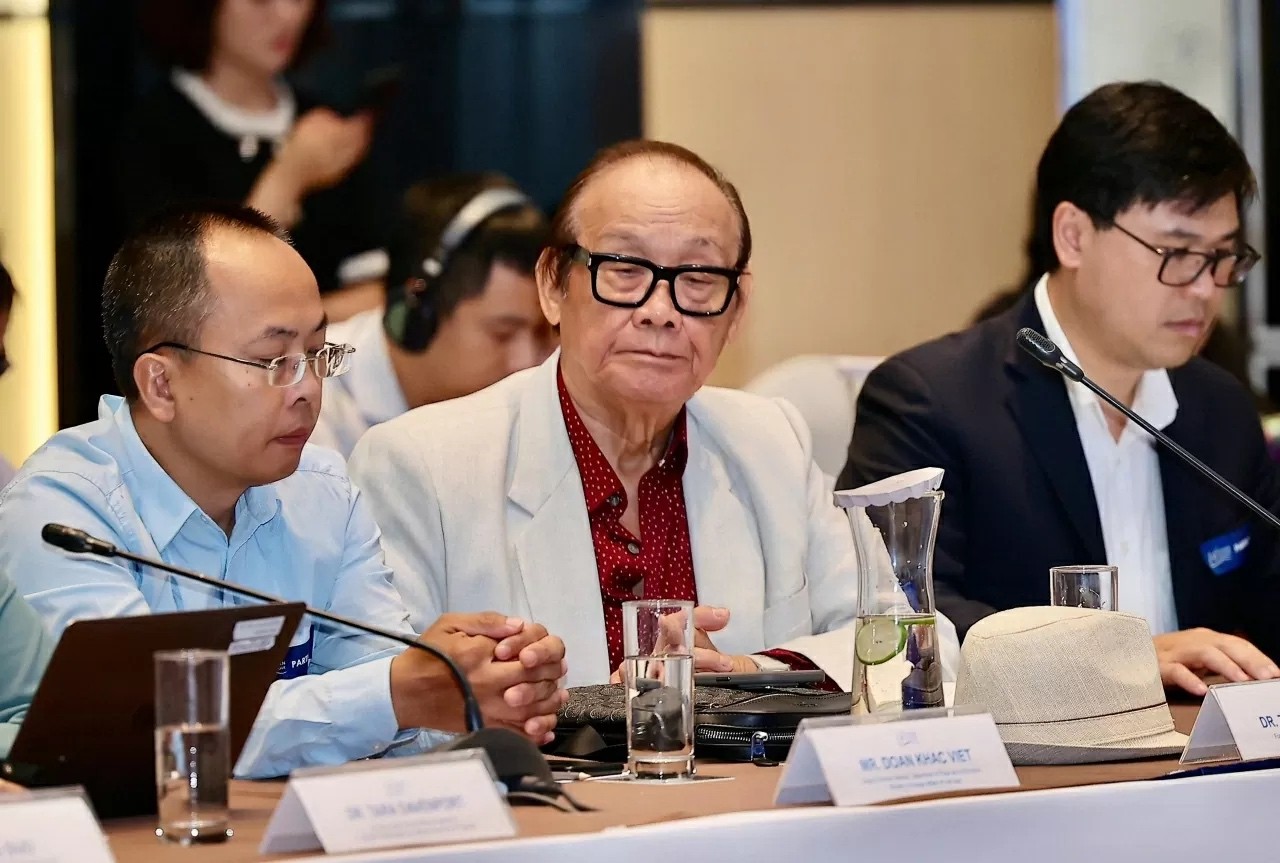 Seas and islands
Seas and islands
Vietnam Endorses Common Voice on Ocean Jurisdiction
 Seas and islands
Seas and islands
Dialogue as Key to Settling Disputes and Advancing Law of the Sea
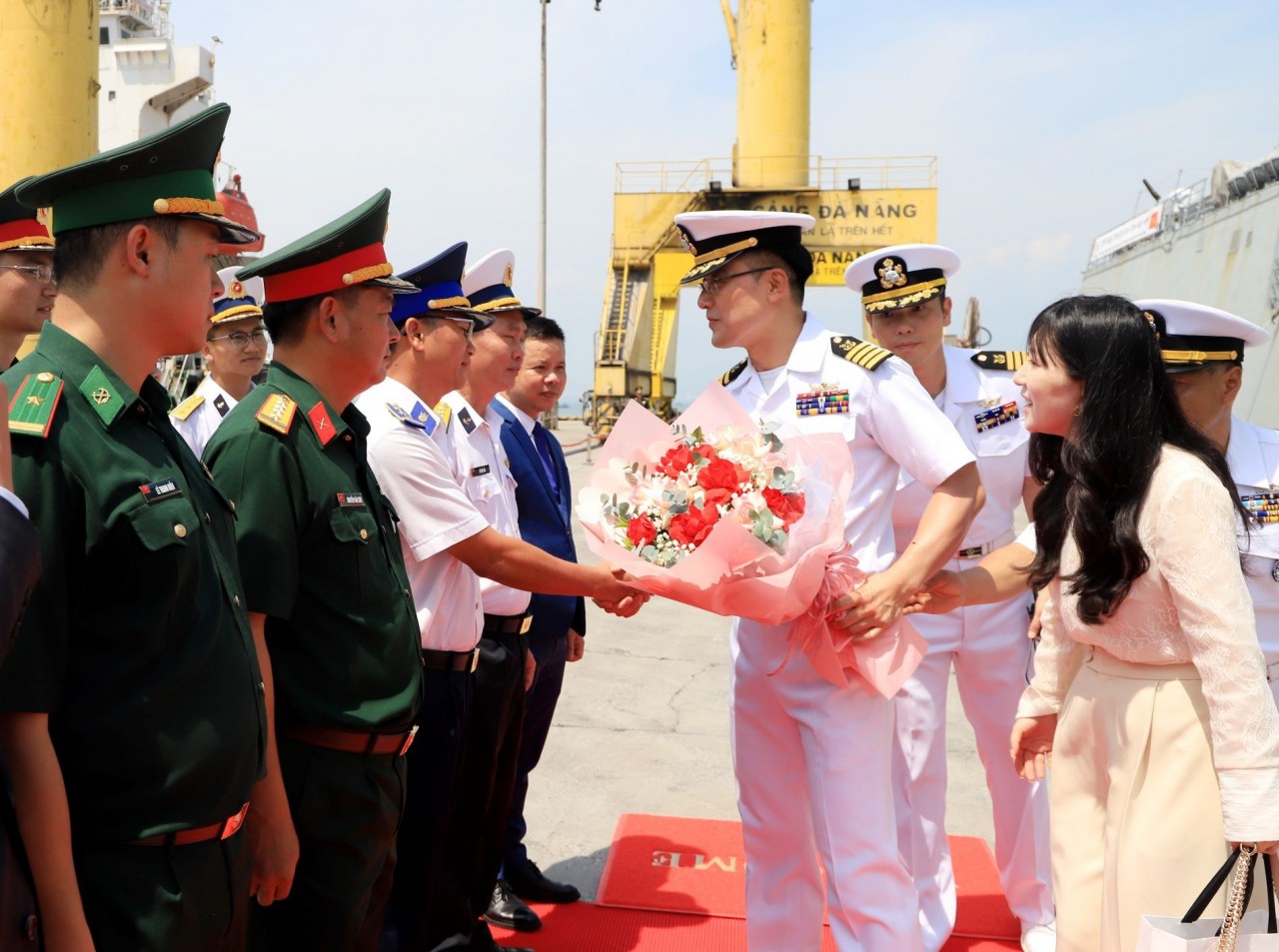 Seas and islands
Seas and islands
RoK Navy Ship Pays Friendly Visit to Da Nang City
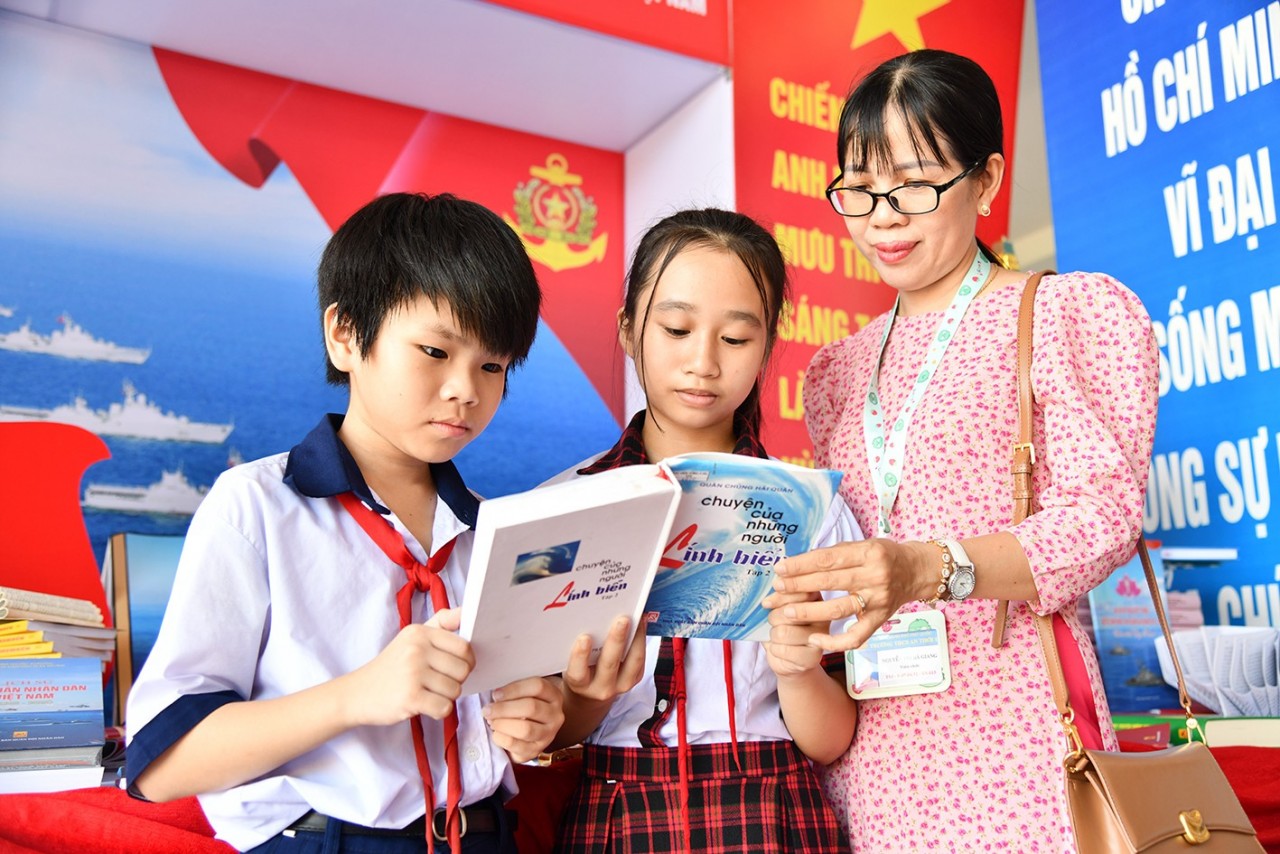 Seas and islands
Seas and islands
Naval Region 5 Promotes Reading Culture, Fosters Patriotism
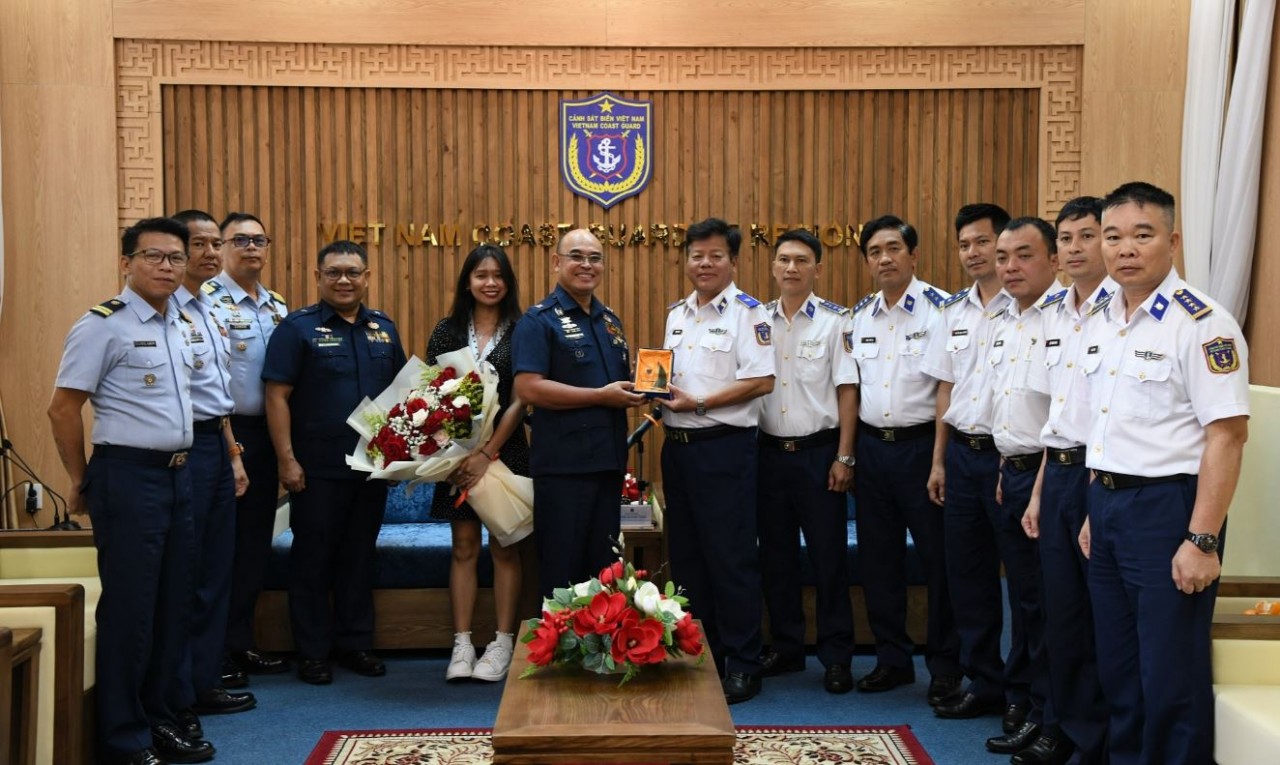 Seas and islands
Seas and islands
Coast Guard Region 2 Command Hosts Philippine Coast Counterpart
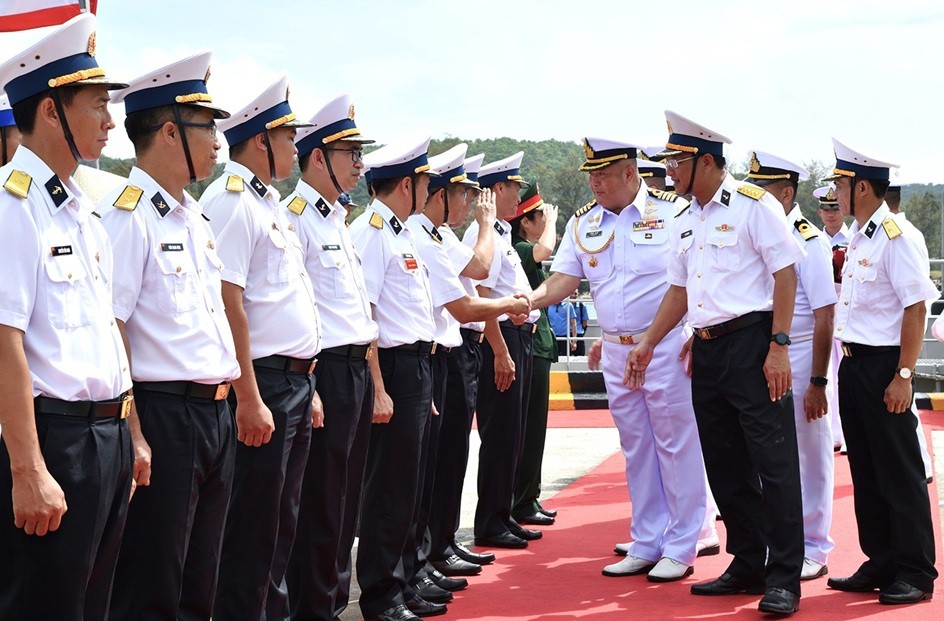 Seas and islands
Seas and islands
Vietnam - Thailand Navy: Coordination to Well Address Problems at Sea
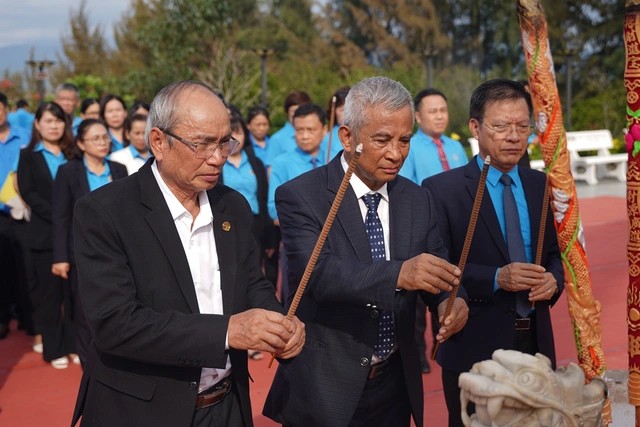 Seas and islands
Seas and islands
Honoring the Fallen: Incense Offering for the 37th Anniversary of Gac Ma
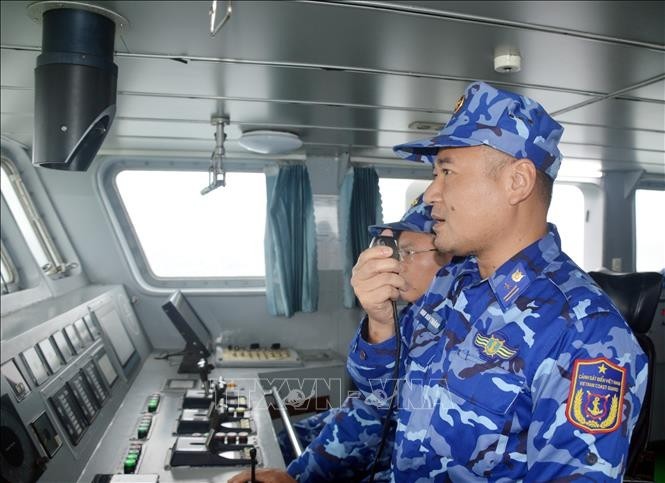 Seas and islands
Seas and islands

